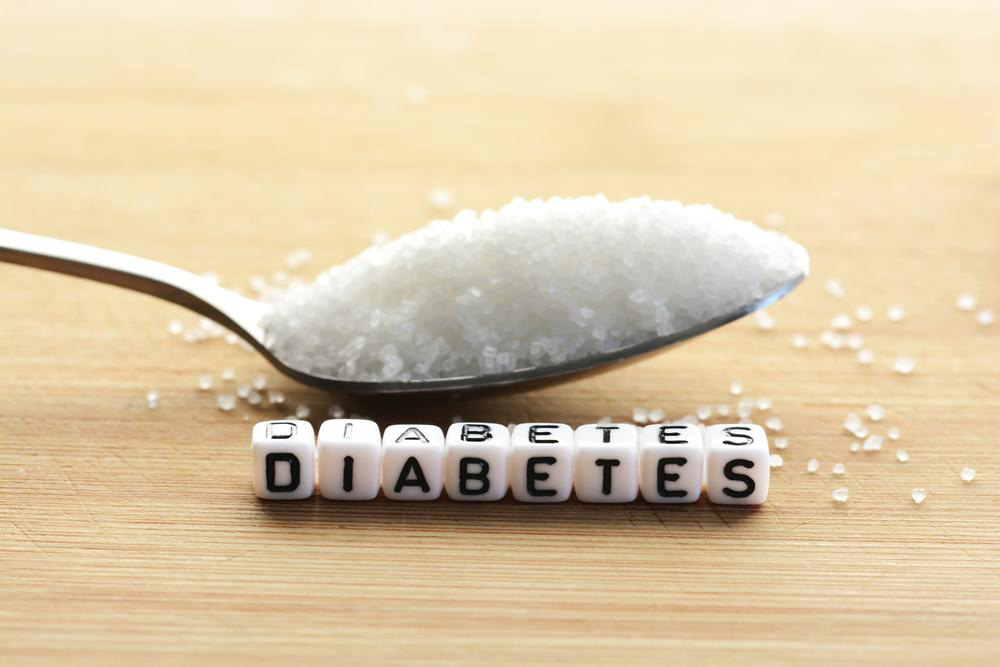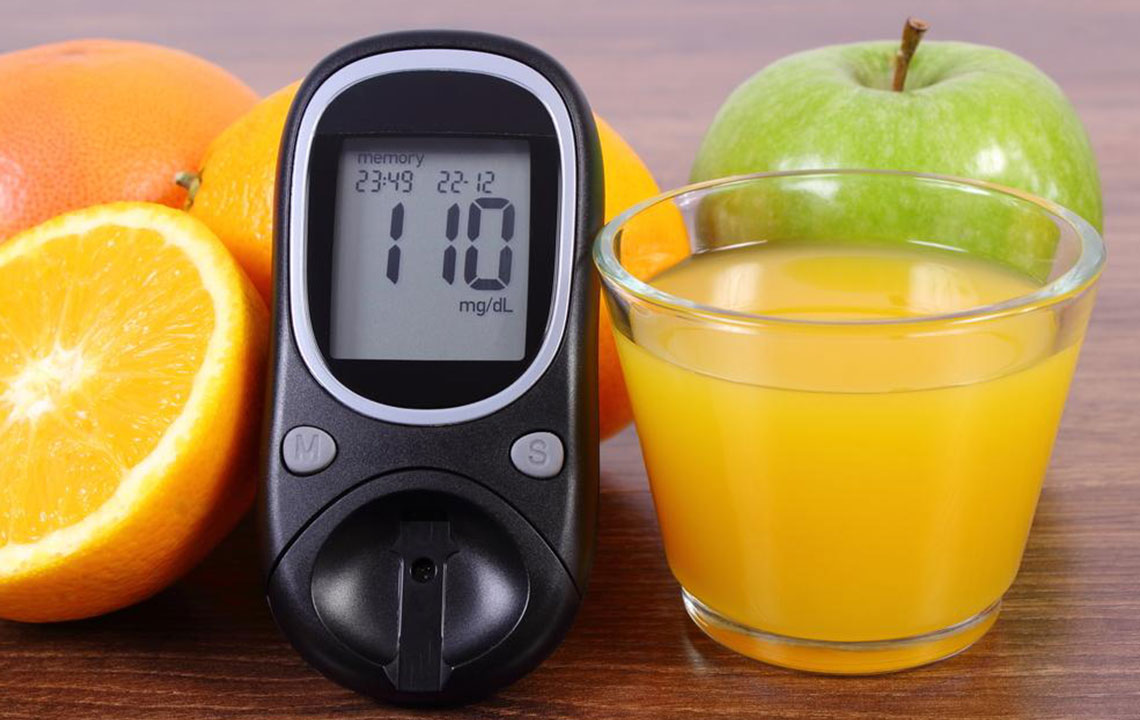Comprehensive Guide to Managing Diabetes Effectively During the Hot Summer Months
This comprehensive guide provides essential tips for managing diabetes effectively during summer. It highlights dietary choices, hydration, exercise, medication protection, and blood sugar monitoring, helping diabetics stay healthy and safe during hot weather. Practical advice ensures a secure, enjoyable summer while preventing complications related to heat and lifestyle changes.

Living with diabetes requires diligent attention to daily habits, especially during the summer season when hot weather can significantly impact blood sugar stability. Warm temperatures, increased physical activity, dehydration risks, and dietary temptations all pose unique challenges. To ensure optimal health and prevent complications, individuals with diabetes must adopt specific strategies tailored to the summer environment. This extensive guide covers essential tips and expert recommendations to help manage diabetes effectively during the hot months, ensuring a safer, healthier summer experience.
Effective diabetes management involves a combination of balanced nutrition, consistent physical activity, proper hydration, and vigilant monitoring of blood glucose levels. Summer introduces additional considerations such as heat exposure affecting insulin and medication, increased risk of dehydration, and lifestyle adjustments to accommodate outdoor activities safely. This article explores in-depth measures to help diabetics navigate summer with confidence and maintain optimal health.
Adopt a Nutritious and Balanced Summer Diet
During the summer, choosing the right foods is critical for maintaining stable blood sugar levels. Focus on consuming a variety of nutrient-rich foods that support overall health, including healthy fats, complex carbohydrates, lean proteins, vitamins, and minerals. Fresh fruits and vegetables are excellent choices, providing essential nutrients and fiber that help regulate blood sugar. Incorporate seasonal produce like berries, melons, leafy greens, zucchini, and tomatoes into your meals.
Whole grains such as quinoa, brown rice, oats, and barley should be staples of your diet, providing sustained energy without causing blood sugar spikes. Fish rich in omega-3 fatty acids, like salmon, mackerel, and sardines, are beneficial for heart health and can be incorporated into summer recipes. Avoid processed snacks and fried foods, which are high in trans fats and unhealthy sugars, potentially leading to blood sugar fluctuations and increased cardiovascular risks.
Additionally, be mindful of portion sizes and meal timing. Eating smaller, more frequent meals can help manage blood glucose better. Planning meals ahead of time ensures balanced nutrition and prevents impulsive eating, which is often increased due to summer social activities or outdoor picnics.
Avoid Excess Sugar and Spicy, Greasy Foods
Summertime cravings can lead to indulgence in sugary beverages, candies, and sweet desserts. While these might be tempting, consuming excessive sugar can cause rapid spikes in blood glucose levels, leading to potential health hazards. Instead, opt for naturally sweet options such as fresh fruit or unsweetened fruit smoothies.
Spicy and greasy foods, common at summer cookouts and festivals, can cause digestive discomfort and may influence blood sugar stability negatively. Choose grilled or baked options over fried foods. Incorporate herbs and mild spices to flavor your dishes without added salt or heat that may upset your stomach or influence insulin sensitivity.
Proper dietary choices during summer not only help in keeping blood sugar levels in check but also contribute to overall well-being, skin health, and energy levels.
Commit to Regular Physical Activity Inside or with Proper Precautions
Exercise is fundamental for managing diabetes, aiding in blood glucose control, weight management, and cardiovascular health. However, hot weather can pose risks like dehydration, heat exhaustion, or sunstroke. To safely stay active, consider exercising indoors in air-conditioned gyms or at home during the hottest parts of the day.
If you prefer outdoor activities, plan workouts during early mornings or late evenings when temperatures are cooler. Always wear light, breathable clothing, a wide-brimmed hat, and apply sunscreen to avoid sun damage. Hydrate thoroughly before, during, and after exercise, consuming water and electrolyte replenishing drinks if necessary.
Simple activities like brisk walking, swimming, or cycling can be highly effective. Swimming, in particular, provides excellent cardiovascular exercise with minimal heat stress. Tailor your exercise routine to your fitness level and consult with your healthcare provider for personalized recommendations.
Stay Well-Hydrated with the Right Fluids
Proper hydration is vital during summer, especially for individuals with diabetes, who are more prone to dehydration. Drinking water regularly helps maintain blood volume and facilitates efficient glucose metabolism. Carry a refillable water bottle wherever you go and set reminders to drink fluids throughout the day.
Limit consumption of sugary drinks like sodas, sweetened teas, and energy beverages, as they can cause abrupt blood sugar increases. Instead, opt for plain water, infused water with slices of lemon, lime, or cucumber for flavor, or electrolyte drinks designed for diabetics if you engage in prolonged or intense physical activity.
Alcohol consumption should be cautious and moderate, as it can affect blood sugar levels unpredictably. Always drink responsibly and consult your healthcare provider regarding alcohol intake in your diabetes management plan.
Protect Insulin and Medication Devices from Heat
High temperatures pose a risk to the functionality of diabetes medications, particularly insulin, blood glucose monitors, and pumps. Store these devices in cool, dry places away from direct sunlight. Carry a visibly cool, insulated bag when traveling or outdoor activities to maintain optimal temperature conditions.
If insulin is exposed to excessive heat, it can degrade, reducing its effectiveness. Always check the appearance and expiration date before use. If insulin looks cloudy, discolored, or has a changed consistency, discard it and replace it promptly. Many insulins now come with temperature-sensitive labels indicating whether they’ve been exposed to heat beyond acceptable limits.
Having backup supplies ensures continuity in diabetes management during summer outings or travel.
Frequent Blood Glucose Monitoring and Adjustments
Regularly checking your blood sugar levels is crucial, especially during the hot summer months when fluctuations are more common. Use your glucometer or continuous glucose monitoring device according to your healthcare provider’s instructions. Keep a detailed log of your readings to identify patterns and triggers.
Electrolyte imbalances, dehydration, and changes in activity levels can all influence blood glucose. Adjust your medication or insulin doses under medical supervision based on the readings. Never make significant changes to your treatment plan without consulting your healthcare provider.
Being vigilant about your blood sugar helps prevent serious complications such as hypoglycemia or hyperglycemia, ensuring better health outcomes and peace of mind during the sizzling summer season.
Conclusion: Embrace Summer Safely While Managing Diabetes
Summertime offers many opportunities for outdoor fun, travel, and social gatherings. With careful planning and proactive management, individuals with diabetes can enjoy the season without compromising their health. The key lies in balanced nutrition, staying hydrated, exercising safely, protecting medications, and continuous monitoring. By following these comprehensive tips, diabetics can maintain stable blood sugar levels, prevent complications, and fully embrace the joys of summer with confidence and vitality.





